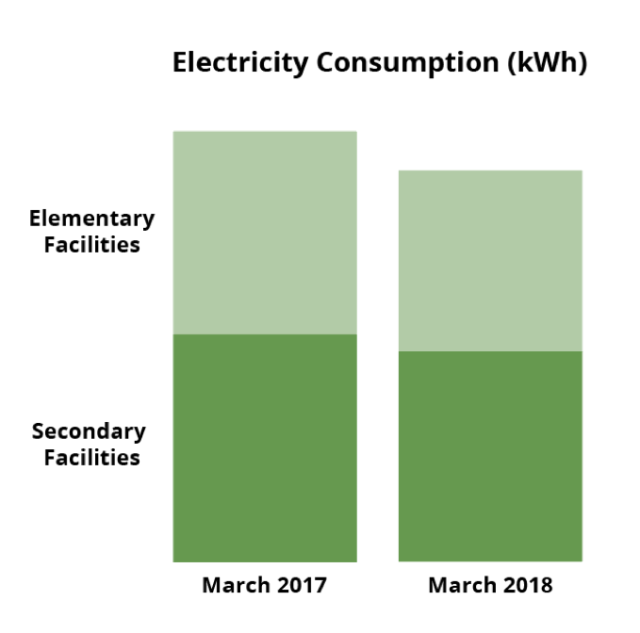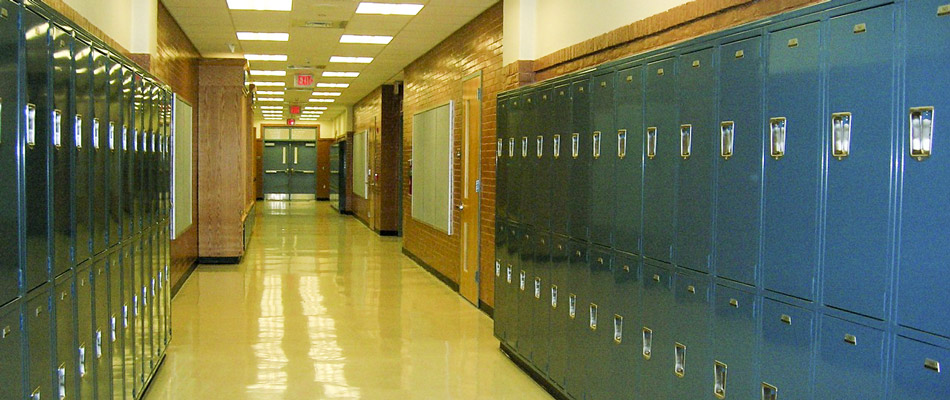SD27 in British Columbia saved over 40,000 kWh of electricity by adjusting BAS scheduling for the 2018 spring break
Unlike workplaces or homes, K-12 schools have unique routines that change with the seasons, semesters and even periodically for short breaks. Inconsistent occupancy is a challenge when preparing the schedules for building automation systems. But it can also be an opportunity to seek significant savings in energy usage and utility costs by adjusting schedules for short-term breaks.
School District 27 in British Columbia saved over $4,500 by adjusting the scheduling for its school facilities for the 2018 spring break. In 15 elementary schools and eight secondary schools, the schedules were set to accommodate reduced occupancy from March 19 to 22.
The schedules for the building automation systems were not adjusted for the 2017 spring break. Comparing the electricity usage between March 2017 and March 2018 showcases the savings of a scheduling adjustment.

| Secondary Facilities (kWh) | Elementary Facilities (kWh) | Total (kWh) | |
|---|---|---|---|
| 2017 | 247553 | 221936 | 469489 |
| 2018 | 228718 | 197582 | 426300 |
| Savings | 18835 | 24354 | 43188 |
Total kWh Savings = 43,188
Total Cost Savings (at $0.105/kWh) = $4,534.77
Scheduling HVAC systems is a common area of improvement for energy management in K-12 schools. Read about other opportunities for ongoing recommissioning of K-12 school facilities.
